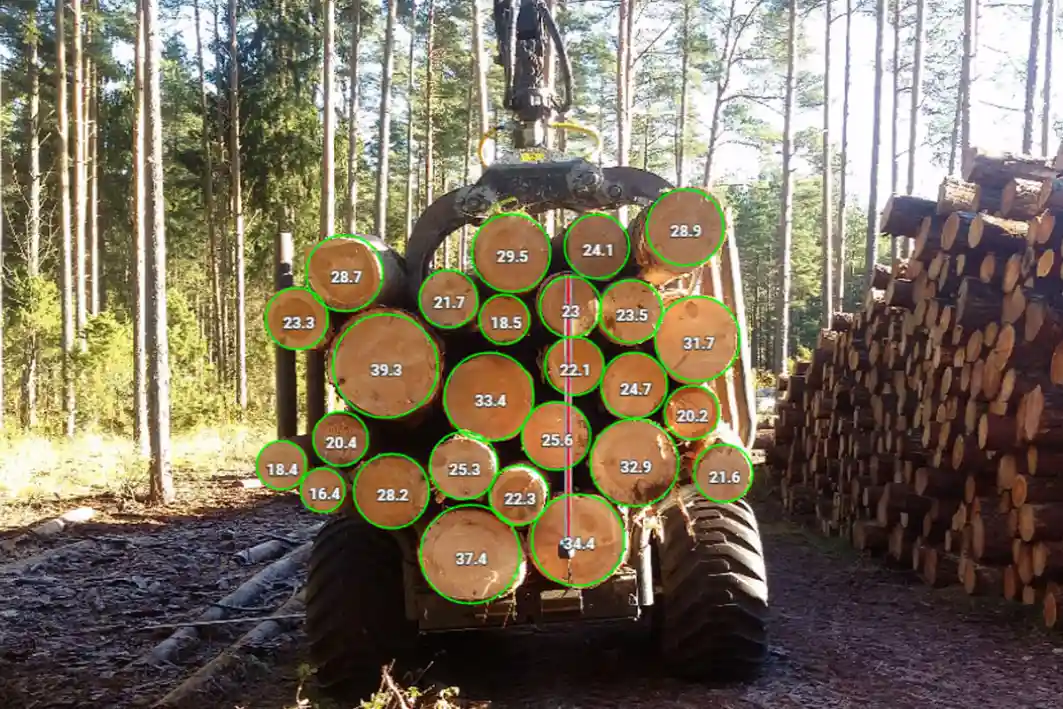Here are a wide variety of log scaling methods around the world. Most of them utilize length and diameter information to determine volume in cubic units. Many log-scaling methods require small-end diameter measurement while others require diameters at both ends of the log.
Timbeter currently has the following formulas for volume calculation that use small-end diameter:
Nilson (Estonia)
GOST (Russia)
JAS – Japanese Agricultural Standard (Japan, Chile, East Asia, Oceania, Australia)
Doyle Log Rule (Central and Eastern North America).
For cases where timber has been stacked with both ends mixed, we suggest using the Cylindrical (also called “True content of cylinder”) formula also available in Timbeter. This is the method used in most of Continental Europe.
Festmeter used in Germany is similar Cylindrical formula. In a couple of weeks we will also have the Swedish National Board of Forestry Log Scale (Sweden), UK Conifer (UK), Scribner Short Log rule (Western USA) and Scribner Long Log Rule (Northwestern USA, West Coast Canada) available.
Still Timbeter can be used in countries we haven`t yet covered with the volume calculation formulas. Timbeter counts the number of logs, and gives exact diameter of each log which is useful for supply chain management. As required in most volume calculation formulas, Timbeter measures inside the bark and cambium layers.
But what about countries that use diameter measured from both ends?
We have good news for you as well:
We are currently developing a new method where photos are taken from each side of a stack. the ends of every log are matched automatically which gives us correct measurement from both sides.
This is great because Timbeter can soon be used for timber volume calculation all around the world.
